There’s nothing worse than a friend telling you there have been some local bed bug reports, only to wake up the next morning and discover strange red marks on your skin. Of course, the first thing that goes through your mind is a panicked “Oh, no! We have bed bugs!”.
But that might not actually be the case. Before you put your family in quarantine and spend your savings on an exterminator, stop and take a deep breath. In… out. In… and out. Now, let’s identify some common bug and spider bites so you know what bit you and can take care of the cause.
Identifying Different Bug and Spider Bites
The (possibly good) news is that every pest’s bite is unique. This means you can get a positive identification without actually seeing the pest. The bad news is you have to let them chew on you first! Here are 11 common bites and one bonus skin condition often associates with bug bites.
#1 – Bed Bug Bites
Let’s start with the most common (and most often wrong) conclusion: bed bugs.
Bed bug bites don’t work the way most people think. The little red circles you see are a histamine response that might happen in a few minutes, a few days, or not at all, depending on your level of sensitivity.
As a result, you may have been bitten while at someone else’s home or even at work without bringing any of the little buggers home with you. And, despite popular myths, both male and female bedbugs will partake of blood meals.
On average, bedbug bites can be easy to identify due to the way they often form little lines or tracks. This happens because bed bugs aren’t very good at holding on and tend to slip when you move.
The marks themselves usually appear as tiny red circles, but can also be accompanied by a rash or itchiness. In some cases, the spots will swell while they might be flat at other times.
Because of their lack of claws, bed bugs will only go after exposed skin, so seeing marks under your pajamas can be an easy way to rule bed bugs out.
If you’ve examined the marks and still believe they’re caused by bed bugs, check your sheets closely for tiny black specks that expand into little red puddles when you wet them. This is likely bed bug frass (poop) and one of the most visible signs of a bed bug infestation.
#2 – Fire Ant Bites
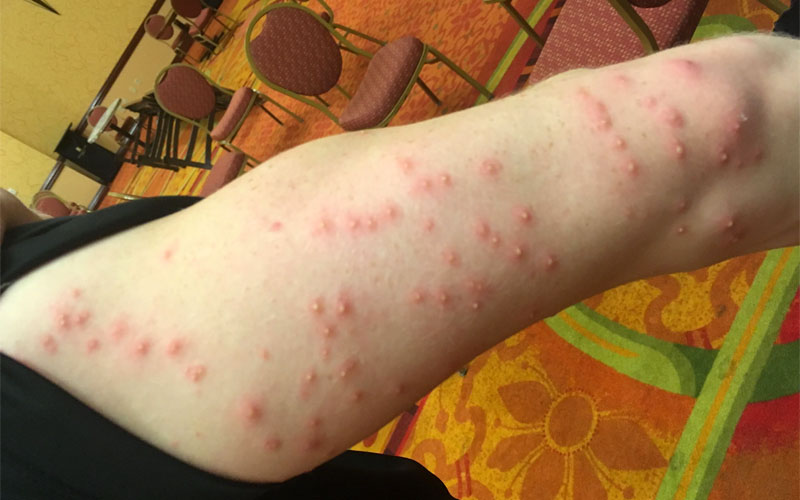
While many common ant species are harmless, fire ants really do live up to their name. These little critters are quite territorial and aggressive, which is why there are so many fire ant killing products out there.
Threaten the ant mound and they’ll bite, although this isn’t the real problem. Instead, they’ll use their jaws to hold on, stinging you multiple times until they’re killed or dislodged.
These ant stings are packed with venom and very painful. The stings will result in small pustules for some, while others have a painful inflammation around the sting sites. Fire ant attacks can leave you in pain for days or even weeks, sometimes even requiring medical attention.
#3 – Flea Bites
One would think fleas and bed bugs are very similar, but they’re as different as night and day. Fleas climb, jump, and can navigate dense fur or hair with ease. They also have vertical apple seed-shaped bodies, whereas bed bugs are horizontal. Their bites are also very different.
In most cases, a flea will go after your legs and feet, although they can attack other areas if you’re sitting or lying down. The reaction tends to be instantaneous – a tiny, itchy bump surrounded by a red halo. Scratching the wound can lead to a rash or even pain. Flea bites on kids may have additional risks.
The easiest way to verify their presence when you suspect fleas is to see if your pets are scratching more often than usual. If you don’t have pets, spotting fleas may be a bit more challenging, and you likely won’t have a very large infestation to deal with.
#4 – Fly Bites
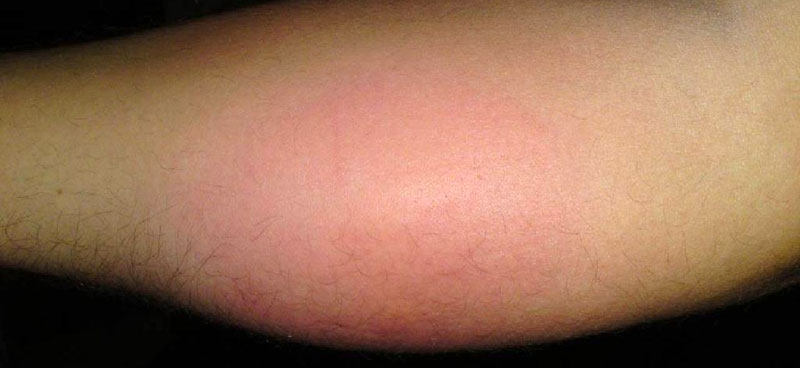
It might seem silly to think that a fly can bite, but many species can and will. These bites can be quite painful and form red patches that may raise, form welts, or even bleed. Sometimes they’ll also become itchy when the pain subsides.
A few of the more notorious biting flies include blackfly, deer fly, horse fly, and stable fly.
#5 – Midge Bites
Of all the flies out there, no-see-um bites are especially maddening. Also known as biting midges and sand flies, these tiny flies hang around in swarms. As a result, it’s pretty rare to get just one midge bite.
However, unlike other flies, midges use saw-like mouthparts to slice into the skin, resulting in quite painful wounds that leave tiny welts or blisters. There’s also a decent risk of disease and severe allergic reactions, so a midge attack shouldn’t be taken lightly.
#6 – Mosquito Bites
Mosquito bites can be easy to identify compared to many other bug bites. The bite creates a light, generally round welt that’s usually itchy and may become painful for some individuals.
It’s rare to get multiple mosquito bites unless there’s been a population explosion. Often this is caused by some look-alike pest instead. However, mosquitos are a prime vector for West Nile virus, so pay attention to any flu-like symptoms after a bite.
#7 – Scabies Bites
Sarcoptes scabiei may be tiny, but these little mites are an absolute nightmare. They burrow into the skin to lay their eggs, causing itchy red spots where the scabies mites dug in. Scabies is highly contagious and tends to be especially itchy at night.
The condition is easily treated, but the high risk of transmission means your entire family and those who came in contact with you will need to be treated as well. Scabies bites and bird mite bites look very similar but the later are not contagious.
#8 – Spider Bites
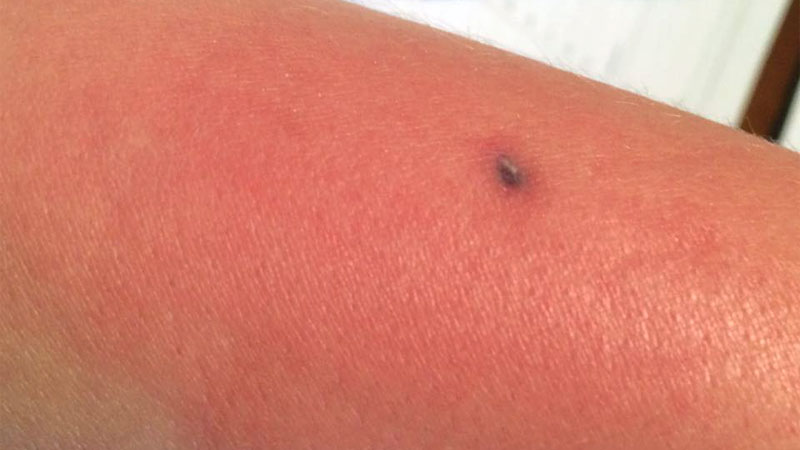
Spider bites can vary quite a bit from one species to the next. In most cases, the bite will be a little red or swollen, and you’ll see two tiny puncture marks if examining the site with a magnifying glass.
An anaphylactic reaction to spider bites is far from uncommon and may result in a number of symptoms, some of which may be life-threatening.
Of those spiders considered dangerous, hobo spiders are actually quite harmless to humans and most animals. Their bites are most common in summer and carry the same symptoms as most common spiders. The same can be said of wolf spiders and some species of tarantula.
Brown recluse bites will leave a small bump that can become necrotic if untreated. The necrotic ulcers can be serious enough to require skin grafts or even amputation.
Black widow spider bites can also be deadly but these gals are actually very shy. The wounds they leave are red with a white center. Her venom can cause muscle spasms, tremors, fever, and a whole host of other nasty symptoms.
#9 – Tick Bites
Due to their tiny size, you likely won’t hear deer ticks yelling “Spoon!” before attacking, and you might not even notice they’re there at all.
A tick can latch on and feed for several days, leaving behind a small red lump that can become itchy or form a bruise or blister. The bite will generally heal in about three weeks, but the real threat is Lyme disease, which is a potentially deadly disease if left untreated.
#10 – Chigger Bites
These miniscule relatives of ticks feed on skin tissue during their larval stage. Sometimes called harvest mites, they release an enzyme that partially dissolves the skin in a tiny area, allowing them to eat a tiny hole. Once fed, they drop to the ground. Nymph and adult stages feed on plants, making them fairly harmless.
Due to the way they dissolve a hole in the skin, the resulting wound can form a blister, small puffy bump, or hives (which we’ll discuss later).
#11 – Bee and Wasp Stings
While not actually a bite, bee and wasp stings can sometimes be mistaken for one if you didn’t see your attacker. A bee sting can be mild and they rarely attack unless threatened. Their stinger tears off when they do attack, killing them.
Wasps, meanwhile, can sting multiple times. Contrary to popular belief, most wasps are actually quite docile unless their nest is threatened. The most notorious exception to this is the yellow jacket.
One important issue with getting stung by these critters is that allergic reactions become more likely the more you’re stung. Antihistamines can help, as will thoroughly washing the wound with mild soap.
However, once you’ve developed an allergic reaction, the symptoms can become quite severe. In some cases, it may even result in breathing difficulties and even require emergency care.
Bonus: Hives
Also known as urticaria when it becomes a chronic condition, hives are caused by a reaction to one or more substances and are often associated with allergies. They appear as red, itchy welts and usually go away on their own. However, they may come and go during the course of the reaction.
While hives may be a side effect of bug bites, they can also be caused by food allergies or contact sensitivity to dyes, perfumes, or other substances. When you see what looks like an angry case of goosebumps, you likely have a hives breakout.
Treating Arachnid and Insect Bites
Obviously, there are plenty of other types of critters out there that might make a snack of you, such as lice or other ant species. What we’ve shared is only a sampling. But before we go, let’s talk about some basic treatments you can do to help reduce the suffering.
First and foremost, wash the wound with warm, soapy water. You can use an antibacterial or antiseptic soap if you wish, or use any mild soap. Pat the wound dry. This will help catch any potential bacteria and may also remove some of the venom (if present).
Next, you can choose to apply some hydrocortisone cream, calamine lotion – or any over the counter antihistamine, for that matter. An ice pack will help reduce swelling and may also reduce pain.
Finally, keep an eye out for severe reactions, such as muscle pain, flu-like symptoms, or difficulty in breathing. If any of these occur, seek out emergency services to ensure you’re not having an allergic reaction or were exposed to disease.
- How to Get Rid of Hawks - March 8, 2024
- How to Get Rid of Pill Bugs (Rolly Pollies) - March 1, 2024
- How to Get Rid of Groundhogs (Woodchucks) - February 5, 2024


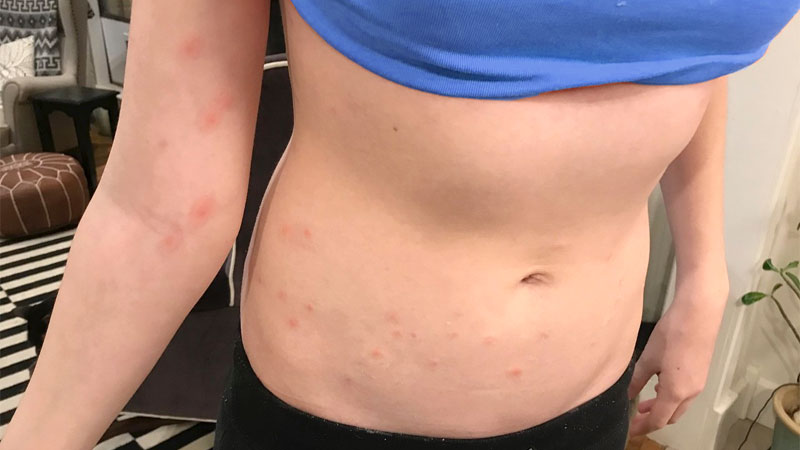
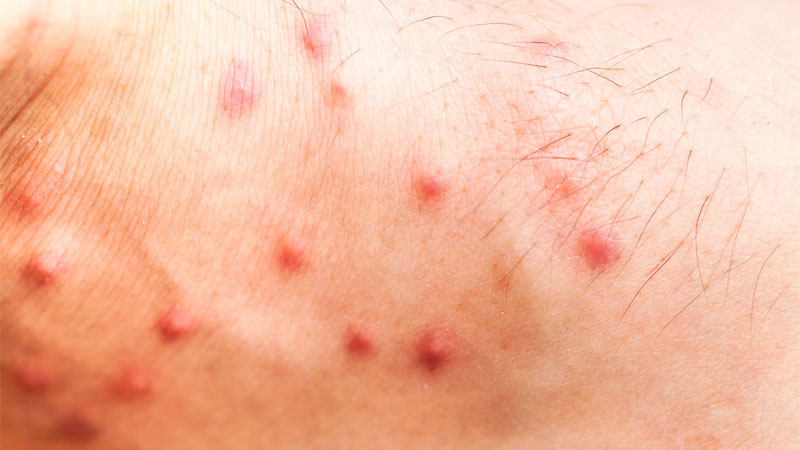
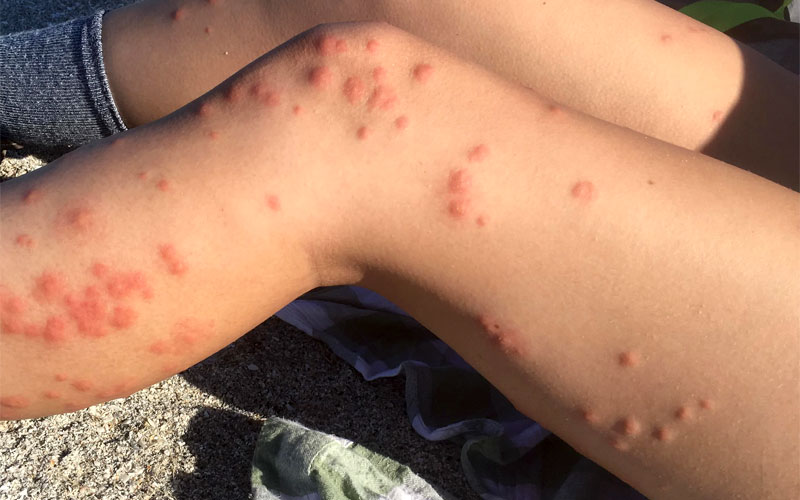
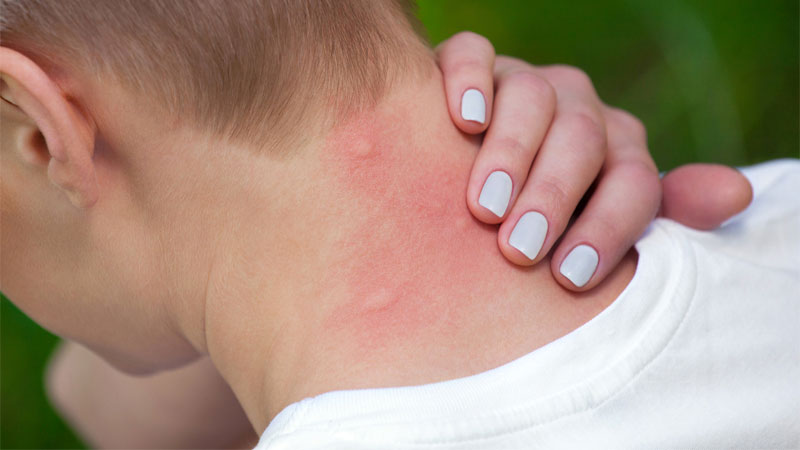
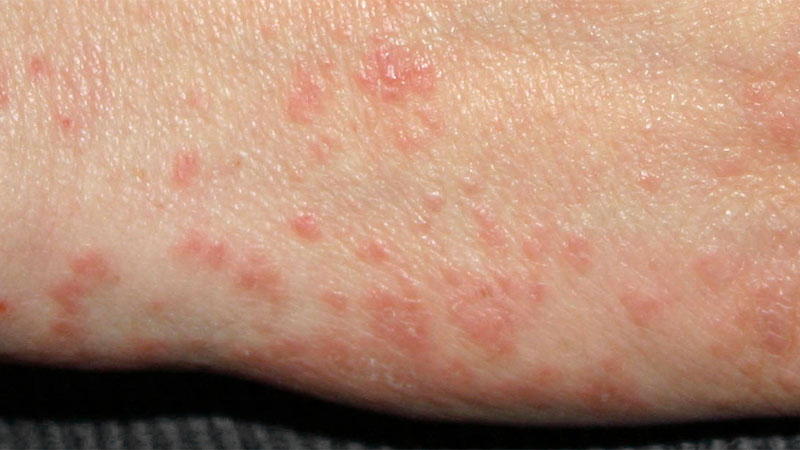
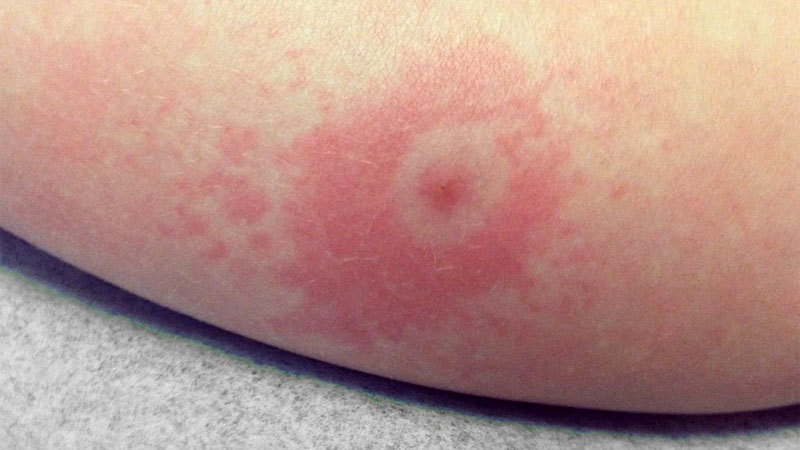
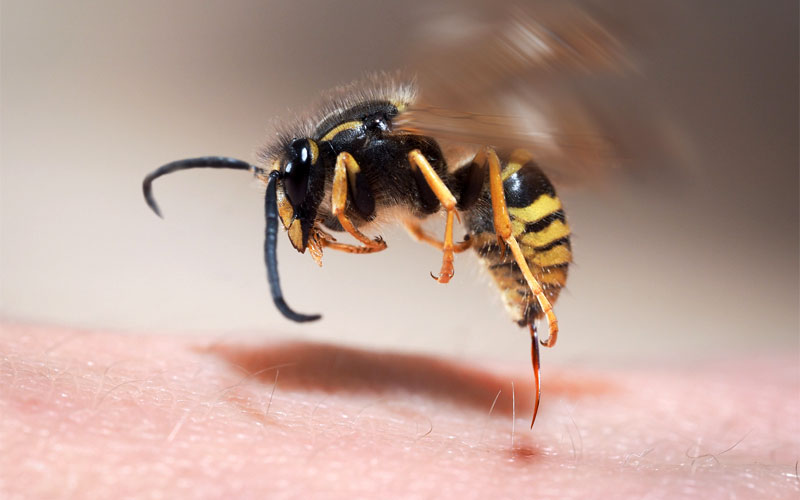
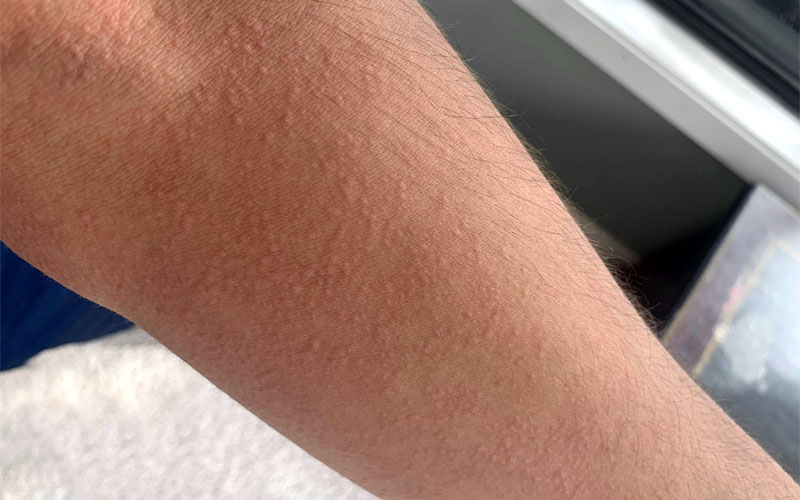
What about bird or poultry mites?